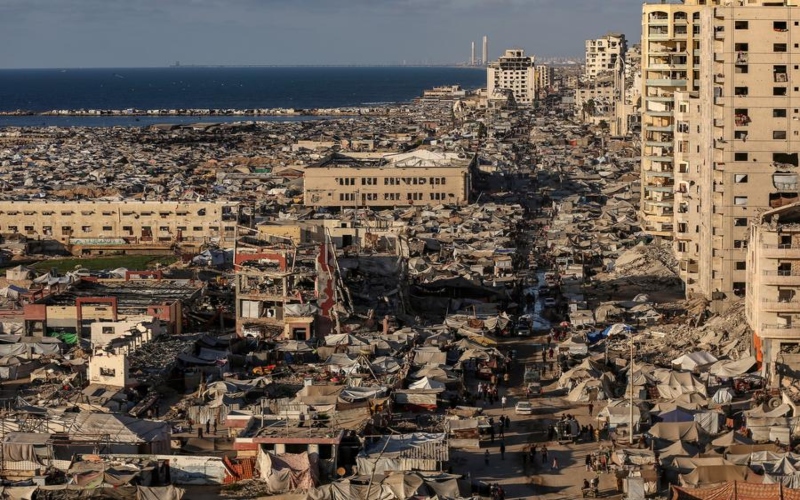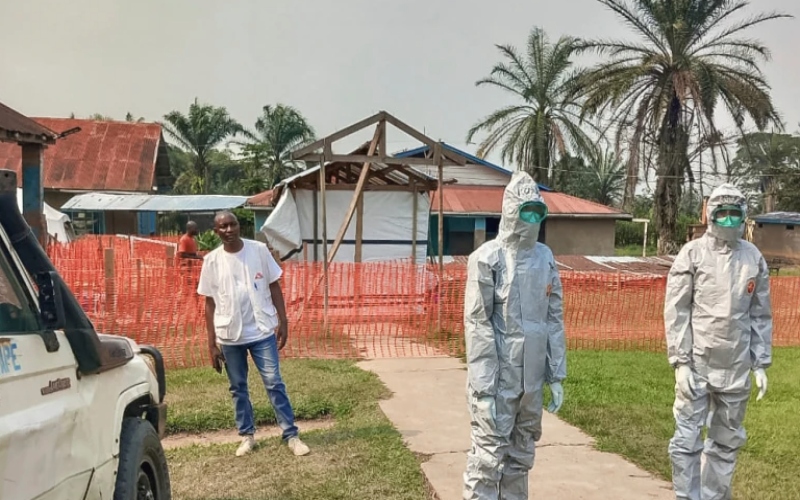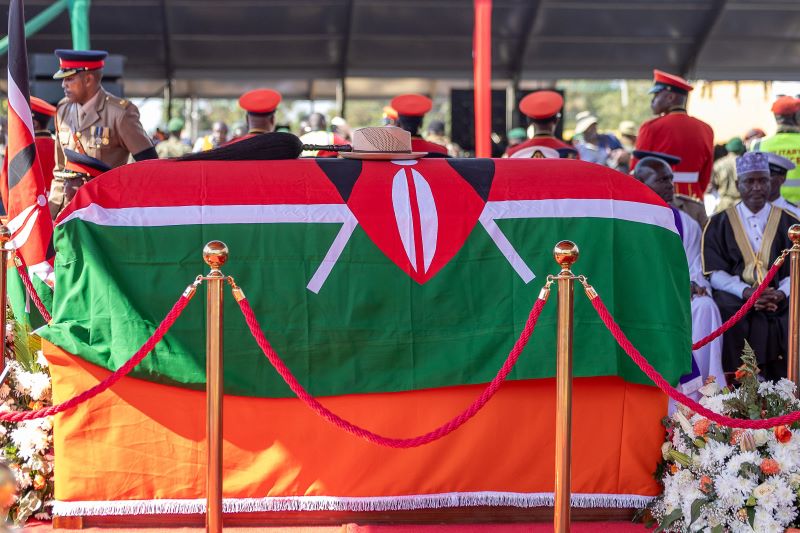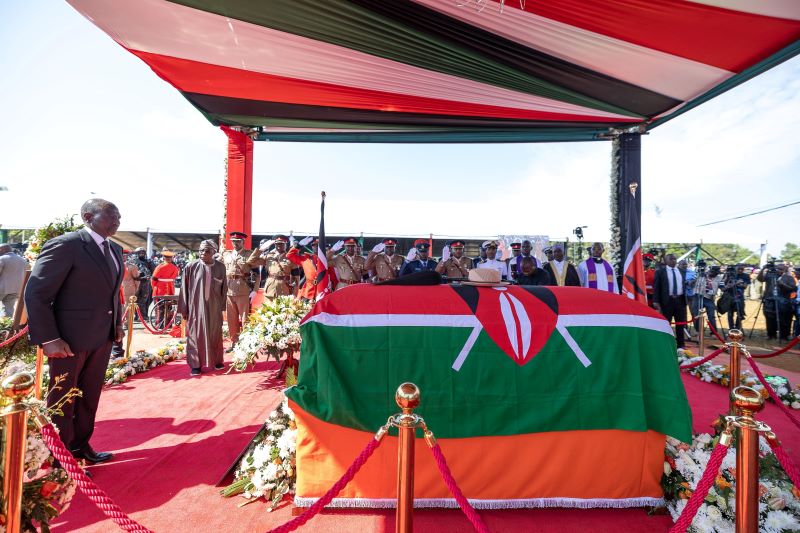Humanitarian efforts continue as Somalia grapples with effects of Gu rains
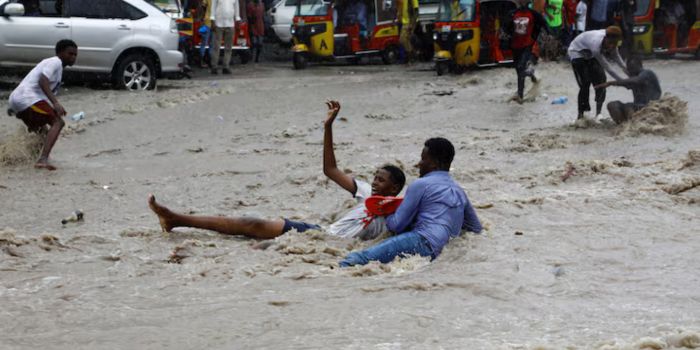
At least 201,000 people in 36 districts have been reached with unconditional cash transfers, food and non-food items, cholera prevention and awareness messages, health services, protection, and water, sanitation, and hygiene (WASH) assistance.
In the aftermath of the April-June Gu rains in Somalia, the government, federal states, humanitarian agencies, and other partners are continuing to provide lifesaving assistance to those affected.
At least 201,000 people in 36 districts have been reached with unconditional cash transfers, food and non-food items, cholera prevention and awareness messages, health services, protection, and water, sanitation, and hygiene (WASH) assistance.
More To Read
The April to June Gu rains have caused significant devastation, affecting approximately 268,359 people and claiming the lives of 10 individuals, and reports indicate widespread destruction of farms, public infrastructure, and other livelihood assets.
"The number of people displaced significantly rose to 81,000 from 38,700 reported on May 19 after the Shabelle River broke its banks in Belet Weyne district, displacing 42,600 people in Koshin, Haawo Taako, Buundoweye, and Howlwadaag areas," according to the United Nations Office for the Coordination of Humanitarian Affairs (UN-OCHA).
So far, some 9,000 individuals have been able to return home, and an additional 30,000 are expected to do so in the coming weeks, while schools in Belet Weyne town have resumed operations following the recent flooding.
Despite the current dry weather conditions, concerns about downstream flooding persist due to the downflow from the high water levels experienced in Belet Weyne.
FAO-Somalia Water and Land Information Management (SWALIM) said, "The subsequent downflow of the previously high water levels at Belet Weyne led to a rise in the river level at Bulo Burte, Jalalaqsi, Jowhar, and Balcad, posing a high risk of downstream flooding."
Meanwhile, the Ministry of Health has reported a rise in cases of acute watery diarrhoea (AWD) and cholera across the country, with at least 12,327 cases and 114 deaths reported since January.
UN-OCHA highlighted the conditions contributing to the spread of the disease, among them "limited access to potable water due to contamination of water sources that were submerged by flood water, a high level of malnutrition among children, a lack of proper sanitation, and difficulties in accessing health centres."
In regions such as Dhobley and Afmadow in Jubaland State, approximately 24,000 displaced individuals have been able to return home due to the prevailing dry conditions.
While the rains have brought many challenges, they have also been beneficial for agropastoral livelihoods, improving soil moisture conditions, and replenishing water sources.
However, the aftermath of Tropical Storm Laly has brought tragedy to Marka town in Lower Shabelle, where eight children reportedly drowned on May 23.
Furthermore, the water, sanitation, and hygiene sectors have been severely impacted, with numerous latrines destroyed and water points extensively damaged, heightening the risk of waterborne diseases.
"The rains have impacted heavily on the water, sanitation, and hygiene sectors, destroying 644 latrines and extensively damaging 124 water points, thereby increasing vulnerability to waterborne diseases," UN-OCHA said.
As the Gu rains season nears its end, dry conditions are expected to prevail in most inland parts of the country, with light rainfall possible in coastal areas of the southern regions.
The cessation of the Gu rains is anticipated to mark the beginning of the Hagaa season, bringing above-normal rainfall to some regions and drier-than-normal conditions to others.
Top Stories Today










